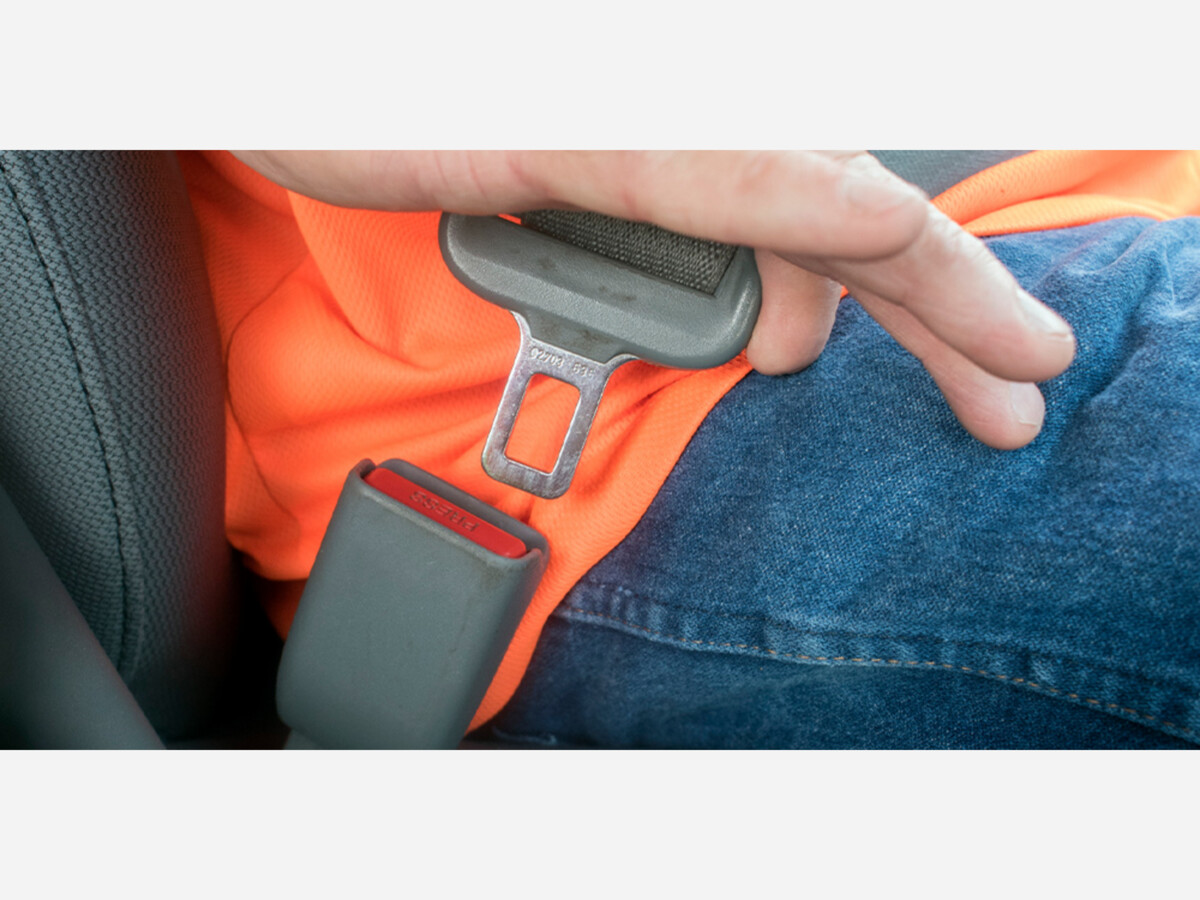Image

photocredits via txdot.gov
2025 has been a crazy and chaotic year on America’s roads, with motor vehicle crashes as a leading cause of death. In recent months, there’s been a surge in motor vehicle accidents, bringing concern about road safety. The U.S. experiences one of the largest casualty rates of auto-related accidents in the world. With millions of people behind the wheel around the clock, seatbelt safety is one of the most important choices drivers and passengers can make while driving.
New Jersey experiences hundreds of motor vehicle fatalities each year, with numbers still on the rise since 2021. In Mercer County alone, there have already been 10 fatal car crashes this year. In neighboring counties, such as Middlesex County, a reported 21 fatal accidents have already taken place, and in Somerset County, 17 fatal car crashes have impacted many more communities. 2025 has reported 243 fatalities in up-to-date data (Note: this number is subject to change over 2025), already higher than 2023’s fatalities and on trend to exceed 2024’s rate, with 308 fatalities.
Although New Jersey has one of the lower fatality rates amongst other states, thousands are still impacted by unsafe driving practices. Seat belt usage has been proven to reduce motor vehicle accidents, and is one of the best solutions to reducing fatal car crashes. In fact, seat belts reduce motor vehicle related injuries and deaths by about half. Despite its effectiveness, each year millions of people refuse to put on seat belts.
Let’s put this into perspective: Young teens and adults (Ages 13-24) are much more likely not to wear a seatbelt. In 2021, almost 61% of teens (13-19) that were killed in car crashes weren’t buckled up. That’s roughly 26,000 children every year that lost their lives due to a simple seat belt situation. Collectively, almost 39,000 to 43,000 people die in motor vehicle related accidents, with numbers expected to rise in 2025.
Let’s add another perspective: In 2019, motor vehicle related crashes cost America $340 billion, though car crashes, loss of life, serious injuries, and property damage. Even if you’ve never been in a car crash, citizens pay for about ¾ of all crash costs, through congestion related costs, taxes, and insurance premiums. Car crashes don’t just impact a small percentage of people--they impact us as a community altogether. And it’s our responsibility to uphold seatbelt safety and law enforcement to keep us all safe.
In New Jersey, not wearing a seatbelt for any passengers in the car is a primary offense. In 2022, this raised the amount of seat belt users up by 2% compared to states with secondary enforcement laws or no seat belt laws. Although this may seem small, it accounts for thousands of people each year. So it’s important to push primary enforcement laws across the country, keeping our streets safe and our passengers safer.
When it comes to increasing seat belt use as a civilian, there are a lot of measures you can take. For example, educating ourselves, spreading awareness, reaching out to state politicians to push for more regulation, and of course, wearing a seatbelt. To learn more about the dangers of not wearing seatbelts, check out CDC on Seat Belt Use and check out NHTSA Seat Belt Overview on more measures you can take to stay safe.